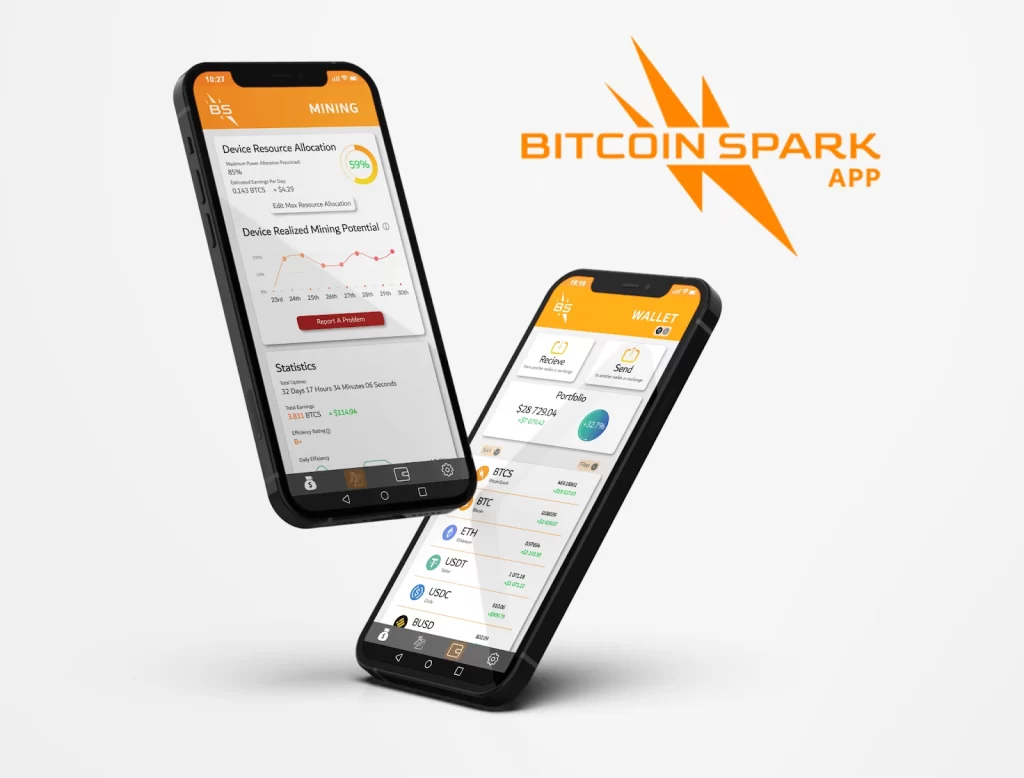The decentralized technology has had massive gains over the years as venture capitalists and individual investors joined the bandwagon. Projects such as Polygon have emanated in the field, increasing user interaction within the community. This can be attributed to their ability to accommodate fast transactions, scalability, transparency, and interoperability. The better part of the blockchain is the inauguration of Bitcoin Spark, a project that aims to provide the attributes above linearly.
Polygon Partners with other players
Polygon is a layer-2 scaling solution built on the Ethereum network. The platform aimed to increase transactional speed, scalability, and user interoperability within the blockchain ecosystem. Polygon’s native currency is MATIC, which conducts operations dealing with gas fees, governance, and network security. The layer-2 scaling solution has partnered with various brands, such as Disney and Starbucks.
Bitcoin Spark Makes the Highlights
Bitcoin, also referred to as the granddaddy of all cryptocurrencies, was targeted to provide means of decentralization into the blockchain. Additionally, mining equipment and power consumption has hindered participants in the ledger community. Bitcoin also failed as there are traces of centralization in the mining sector. Ethereum, on the other hand, uses proof-of-stake to facilitate the validation process for individuals who participate in staking.
Bitcoin Spark is a digital currency that aims to foster improvement in terms of scalability, speed, and security for its users. The network is also user-friendly, as newbies in the industry can participate in developing the project. The network utilizes a proof-of-process (combination of proof-of-work and proof-of-scale) mechanism that verifies transactions within the ecosystem. The core team members for Bitcoin Spark are Steven Kurtz and Dylan Ashford, who believe in developing decentralized technology with more freedom than the existing ones.
The native currency of Bitcoin Spark is BTCS, which acts as a governing token for the ecosystem. Users who participate in the project’s activities are rewarded with BTCS. The maximum supply of the token (BTCS) is 21 million, which will be distributed as follows: mining rewards at 78.3%, liquidity pools and exchanges at 2.4%, public ICO at 19.1%, and team tokens. The launch supply of BTCS is 4.55 million, equivalent to 21.66% of the total supply. The token’s price will be $1.50 on its ICO phase 1, which will commence on August 1st. The official launch price of BTCS will be $10 starting November 30th.

Revenue will be generated through the unassuming amounts of advertising through the project’s application and website. Bitcoin Spark will allocate 50% of the total revenue collected from advertising to the project’s dream team for maintenance, upkeep, and income, and the rest will head toward its community participants. The other source of revenue is through renting processing power for miners. The team will accumulate 3% of the revenue from this method, and the remaining 97% will be allocated to miners.
Conclusion
There is an utter need for decentralization in blockchain technology in terms of mining processes. For instance, Bitcoin is a digital currency that is suitable for an asset that acts as a storage of wealth. However, it has its downsides when dealing with transaction speed, smart contracts, and scalability. Bitcoin Spark is an improved version of Bitcoin that aims to improve such difficulties through an improved system using PoP. The project’s roadmap is comprehensive, and the marketing strategy will accumulate many investors.
For more information:
Website: https://bitcoinspark.org/
Buy BTCS: https://network.bitcoinspark.org/register
Source: https://coinpedia.org/press-release/polygon-cannot-innovate-blockchain-sector-in-same-way-bitcoin-spark-is-doing/